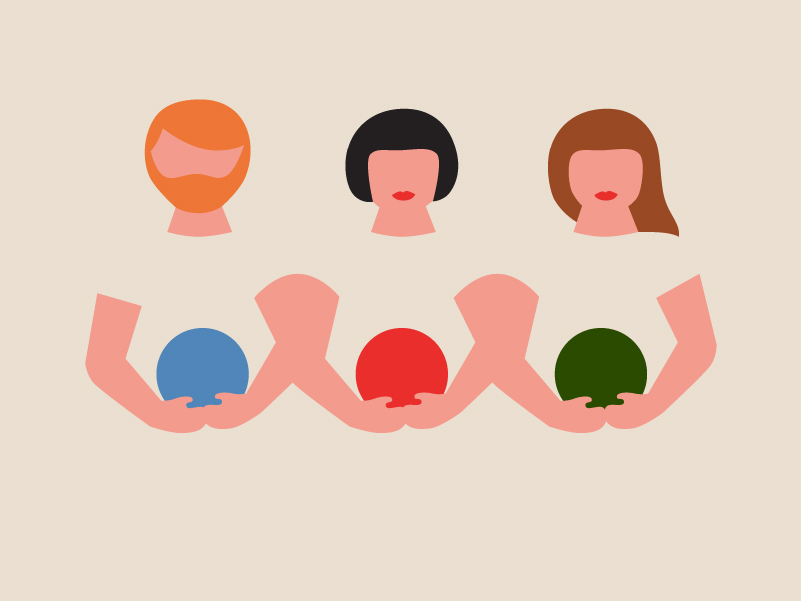According to some recent research from Northwestern’s Kellogg School, diverse teams tend to actually perform more poorly than non-diverse teams. There are seemingly three basic reasons for this:
- Diversity erodes over time: As people work together for a while, their views and opinions become more similar — thus, diversity declines.
- Fragility: Team members leave (either the team, the department, or the company) and that can reduce the functionality of the diversity that was in place.
- Small subsets: Teams often break up into homogenous subsets on projects — especially around big issues or pivot points — and that can increase tension.
There’s no perfect model for building a team out, even though how you construct teams is probably the single-most important aspect of modern-day business. Think about it like this: almost nothing at work happens in a specific vacuum or silo anymore. A silo may “own” a certain process or idea or attribute, sure — but almost everything tends to involve, at the end of the process, 2-3 silos collaborating. There are two dirty little secrets here, though: no one really wants to collaborate at work and no one really knows what “good communication” looks like at work either.
How do you build a team, though? Should you aim for diversity?
Personally, I’d say it has to be a mix between “diversity” (I don’t mean racial, I mean skill sets and opinions and experience levels) and “some vetted old-timers.” When you work at a company and it’s all people who have worked together 15 years, that’s awful for a whole different set of reasons. It’s called “homophily,” by the way. In an organization like that, you’re always going to hear “That’s the way we do things!” and good ideas are always going to be seen as a threat to the established ways of order.
Here’s what Northwestern came up with:
Imagine an organization made up of two tiers of workers—e.g., law-firm partners and associates, attending physicians and residents, top- and middle-level management—with three people each. If the top tier includes people with skill sets A, B, and C, then redundant heterogeneity would mean the second tier would include people with those same three skill sets. That way, the organization presents both diversity within a tier and similarity between tiers, thus the term redundant heterogeneity.
Here’s the visual representation of that:
The Northwestern research is a little fraught because it’s based on the transition of basketball players from specific conferences (let’s say the ACC) to the NBA, and how they fit in with new teams and styles. That’s a good way to study this topic because there are a lot of controls, but basketball players and conferences are an odd mix of specific (skill sets) and generalized (how we view the Big 12 vs. the Big East, for example). There are flaws, but there are flaws with every study.
The basic rub here:
- Too much diversity on a team = undermines itself
- Too little diversity = no unique viewpoints
That middle sweet spot — whether you want to call it redundant heterogeneity or something else — is what companies should be aiming for when they hire. There are a couple of problems with that, though. Notably?
- Hiring is still very flawed because of headcount issues
- The current process probably rewards narcissism
- We use an old-school hiring script that makes it hard for the best people to break through
Also, most people are attracted to like-minded individuals — or people where they see a reflection of themselves in some way — so that creates a lot of similarity in hiring. Plus — and this is perhaps the most important point people haven’t grasped yet — everyone still hires on “gut feel,” which is absurd because a company spends about half their money on employees. Shouldn’t we hire on People Analytics or some idea of what makes a person successful at that specific company?

